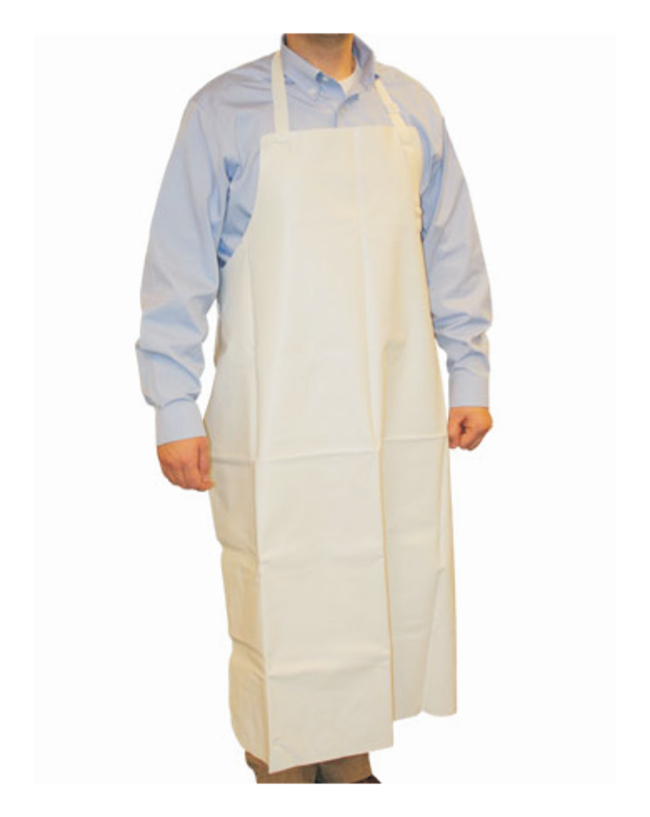Search Thermo Fisher Scientific
Heavy-Duty Vinyl Apron
Suitable for food handling and preparation, general maintenance and chemical processing
Catalog number 2002-0001
Price (MYR)
505.00
CS
Price (MYR)
505.00
CS
- Heavy-duty 20 mil vinyl apron with neck ties
- Comfortable to wear with superior flexibility
- Excellent resistance to punctures and abrasion, chemicals, fats, oils and grease
- Individually packaged
- White
Specifications
MaterialPVC, Vinyl
ColorWhite
DisposableReusable
Thickness20 mil
For Use With (Application)Great for food handling and preparation, industrial maintenance and chemical processing
Certifications/ComplianceFDA 21CFR 170-199
Dimensions (L x W)45 x 35 in. (114.3 x 88.9 cm)
Length (English)45 in.
Length (Metric)114.3 cm
Width (English)35 in.
Width (Metric)88.9 cm
Unit SizeCS



